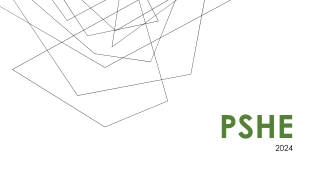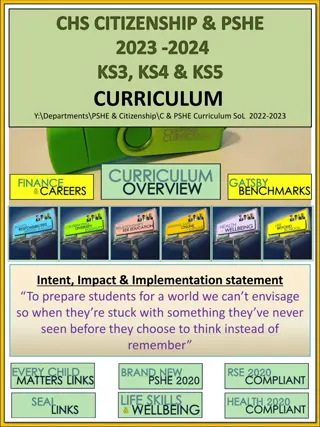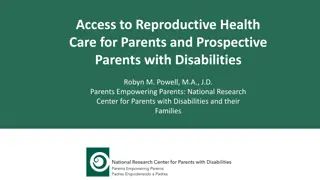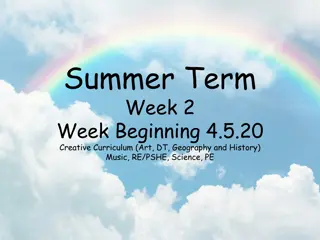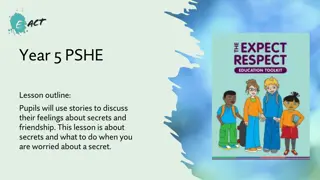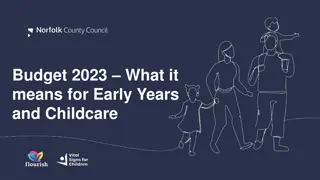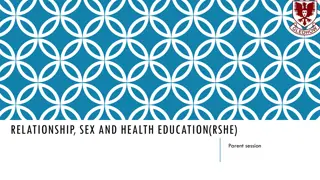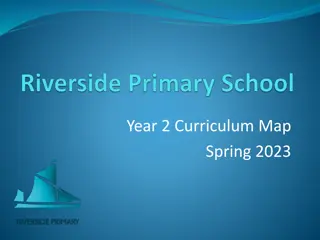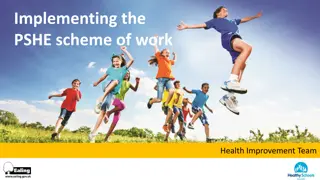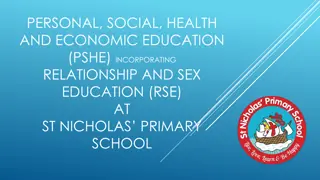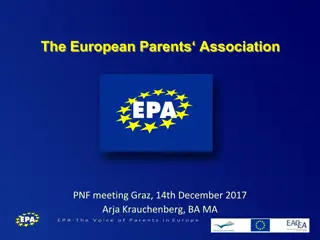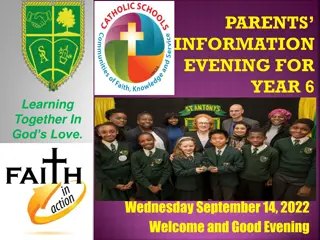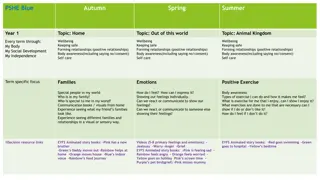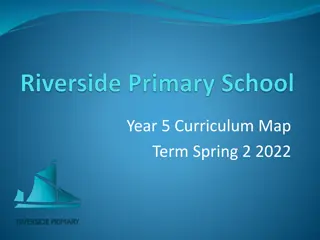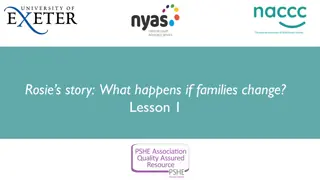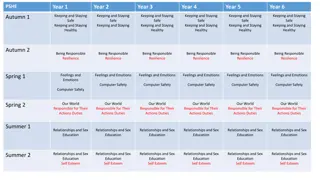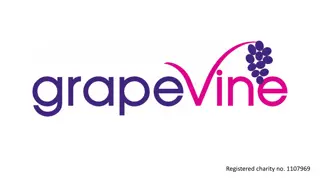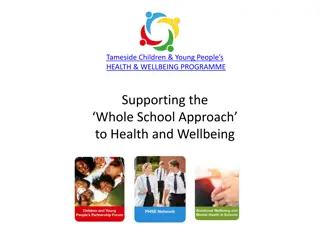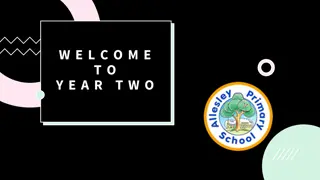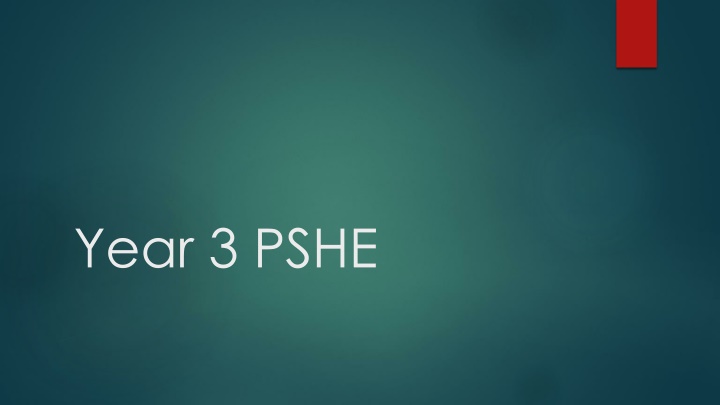
Growth and Changes in Babies and Children
Explore lessons on how babies grow, their needs, body changes, and family dynamics. Encourage children to understand and embrace changes in themselves and others as they grow.
Download Presentation

Please find below an Image/Link to download the presentation.
The content on the website is provided AS IS for your information and personal use only. It may not be sold, licensed, or shared on other websites without obtaining consent from the author. If you encounter any issues during the download, it is possible that the publisher has removed the file from their server.
You are allowed to download the files provided on this website for personal or commercial use, subject to the condition that they are used lawfully. All files are the property of their respective owners.
The content on the website is provided AS IS for your information and personal use only. It may not be sold, licensed, or shared on other websites without obtaining consent from the author.
E N D
Presentation Transcript
Changing Me Lesson Overview Term 6 How Babies Grow Babies Outside Body Changes Inside Body Changes Family Stereotypes Looking Ahead
Lesson 1 How Babies Grow This lesson begins with a pairs game. Each child is given a card and they have to find their pair. They will then discuss changes that have happened to the baby on the card as they grow into an adult. They will then look at a series of pictures of babies and discuss how they make them feel. The class will then be shown a picture of a baby and mother. Children will think of things that babies cannot do on their own and need adult help for. They will discuss how it might feel to have a new baby in a family.
Lesson 2 Babies During this lesson, the class will be shown a picture of a baby and asked to think about what it needs to grow and survive. The will be thinking of physical needs and the importance of love and affection. The class will think about how the life of a baby starts. It will be discussed that it starts its life inside the mother, in the womb/uterus and it gets all its nutrients from its mother that it needs to grow. The children will draw a picture of a baby and around the outside draw all the things that babies need to survive, live and grow. They will be encouraged to think about physical things like nappies but also they need to feel loved and cared for.
Lesson 3 Outside Body Changes This session begins by thinking about changes that have happened to the children. It might be starting school, a new baby in the family, someone leaving, moving house. They will think about what was good about it and what was difficult. The teacher will make sure that children realise that change will happen to all of us, sometimes we might feel excited, or scared or both. This will link to the introduction of the term puberty. The class will be told that they are learning about a change that will happen to all of them and is a natural part of growing up. On a large outline of a body the children will discuss the change cards and put them on the body where they think the change will occur. This will be done for boys and girls. It will be highlighted that some changes happen to both boys and girls and some happen to just girls or just boys. These changes happen at different times for different people.
Lesson 3 Outside Body changes The class will be shown some images to reinforce the changes in both women and men from child to adult. Children will think about changes in their own life and those they can control and those they can t control . They will be asked to think of one thing they are looking forward to about growing up and one thing they are worried about. They will discuss how they might feel about the changes they can t control.
Lesson 4 Inside Body Changes The children will play a pairs game with the parent and baby pictures used in lesson 1. The class will discuss how new life starts. They will be told that for all living things, the female produces babies , a new life which starts off tiny and grows to be an adult animal or human. Comparisons will be drawn between hens eggs and frogspawn compared to other animals have babies. It will be explained that for some animals, the mother lays the egg and baby grows inside it, but for others the baby grows inside the mother until it is ready to be born, and that s the way it happens for humans. Puberty will be recapped and it will be explained that puberty is a girls and boys body getting ready for having babies. Babies are amazing things that are born from a mother but they need a little bit from their mother and a little bit from their father to start them off in the first place.
Lesson 4 Inside Body Changes The class will then look at body changes that happen on the inside. These two images will be used to explain that: a boy s testicles grow and start to make sperm which are tiny seeds that are needed to start a baby growing. Sperm can be released through the penis. The girl s ovaries store hundreds of tiny eggs and during puberty they start to release them, one at a time each month. Girls are born with all these eggs inside their ovaries (called ova) waiting for puberty to start.
Lesson 4 Inside Body Changes This images will be used to explain that when one of these eggs (or ova) joins with a sperm it will start to grow into a baby. The womb/uterus grows and gets ready to make a safe space for a baby to grow until it is big enough to be born. The passage that leads from the womb to the outside is called the vagina. If an ovum isn t fertilised it passes out of the body as a period . There will not be any explanation of how the sperm and egg come together. If it come up we will say that that s another special bit about making a baby, and we re saving up learning about it until later.
Lesson 5 Family Stereotypes This lesson begins with a Charades game, where the children act out jobs they might do at home e.g. mowing the lawn, washing up, changing the bed. Children will be asked to individually think about different jobs and decide if they are male or female roles e.g. washing the car, washing up, putting the bins out, cooking dinner. There will then be pairs, then a whole class discussion about the views the class have. The term stereotypical will be introduced and the class will think about which role are more stereotypical than others. It will be highlighted that it is ok for both male and females to do all of these roles and it might be different in different families. The discussion will then lead on to girl and boy stereotypes, thinking about adverts on television and things that try to target gender.
Lesson 6 Looking Ahead Children will begin thinking about what they are looking forward to about the next school year. The lesson will focus on the children thinking about the following: Something the children are looking forward to next year e.g. a residential, starting swimming lessons etc. A change they would like to make for themselves e.g. getting better at reading Something they have learned about their bodies and growing up How they feel about growing up Something that worries them about growing up and how they can manage these feelings Something that they are looking forward to about growing up
Thank you for coming to this meeting.

